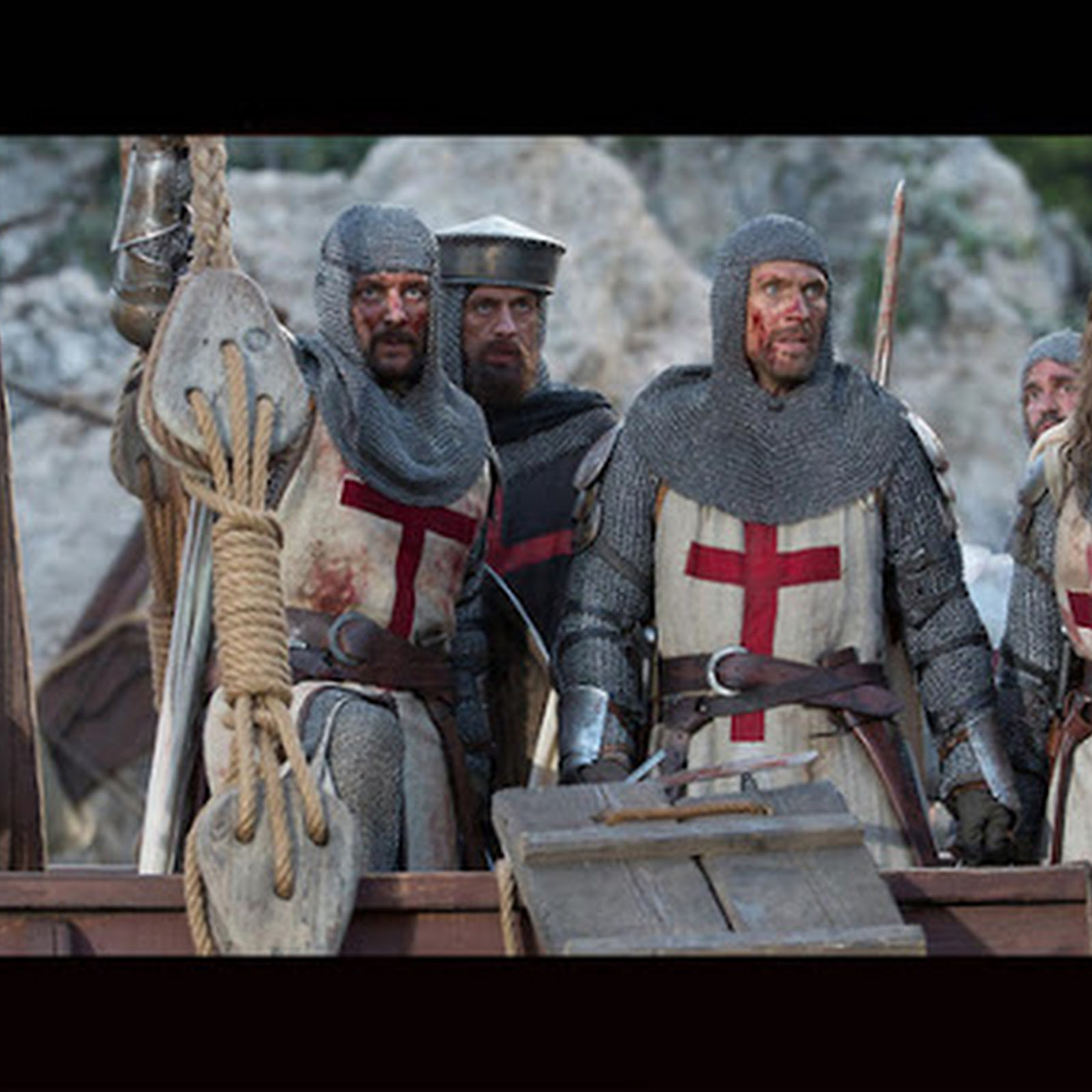Muhammad, the Messenger of God, had to fight a series of battles in the defense of Islam from his new home in Medina. Those battles in which he led the army of Islam in person, are called “Ghazwa” and those expeditions which he sent out from Medina under the command of any one of his companions, are called “Sariyya”.
Roughly speaking, the Prophet launched 80 campaigns during the ten years from his migration in A.D. 622 to his death in A.D. 632. Some of these campaigns were nothing more than reconnaissance missions.
The numbers involved in them were minuscule, and all they did was to watch the movements of some clan or tribe. Some were missionary expeditions. Many others were minor skirmishes. Still others were of interest only because of some particular incident attaching to them. I shall give a cursory account of the minor campaigns, and will then put the focus on the major battles of Islam.
Long before Islam, the Greeks and the Romans had learned that a battle could change the destinies of nations. Among the campaigns of the Prophet, there are five battles about which it can be said that they changed the destinies of nations. They are the battles of Badr, Uhud, Khandaq, Khyber and Hunayn.
These battles were inevitable. The Quraysh of Makkah believed that if all Arabs accepted Islam, it would mean to them (the Quraysh) the loss of all the pilgrim revenues, and the loss of their privileges which they enjoyed as the guardians of the idols. A triumph of Islam was correctly foreseen by them as a death blow to privilege. It was this fear, the fear of the loss of economic and political power and prestige that precipitated war between them and the Muslims.
Since the emigration of the Muslims from Makkah, a de facto state of war had existed between them and the Quraysh. In the early days in Medina, the Muslims did not dare to remove their armor at any time. Pickets were posted around the city every night to warn the citizens if the enemy made a sudden raid.
The Apostle could not sleep at nights being fearful of an attack at any time. It was in these circumstances that he had to take some defensive measures for the security of Medina. As head of the nascent state, its security was his first responsibility.
In the interests of security, the Muslims had to keep an eye on the movements of the enemy, his friends and his allies.
The Prophet sent out the first expedition in the ninth month of the first year of Hijra, under the command of his uncle, Hamza ibn Abdul Muttalib. Thirty Muhajirs took part in it. Their aim was to intercept a caravan of Quraysh. But a tribe, friendly to both sides, interposed between them. There was no fighting, and the expedition returned to Medina.
In the following month, the Prophet sent sixty Muhajirs under the command of his cousin, Obaida ibn al-Harith, to Rabigh, near the Red Sea. They encountered a caravan of the Quraysh. Both sides shot a few arrows at each other but there were no casualties. Two Makkan traders deserted their caravan, came over to the Muslim side, accepted Islam, and accompanied the expedition when it returned to Medina.
Obaida ibn al-Harith is said to have shot an arrow at the enemy. It was the first arrow shot for Islam.
Sir William Muir
Obaida is distinguished in tradition as he who upon this occasion, “shot the first arrow for Islam.” (The Life of Mohammed, London, 1877)
There were no more campaigns in the remainder of the first year of Hijra.






































0 comments:
Post a Comment